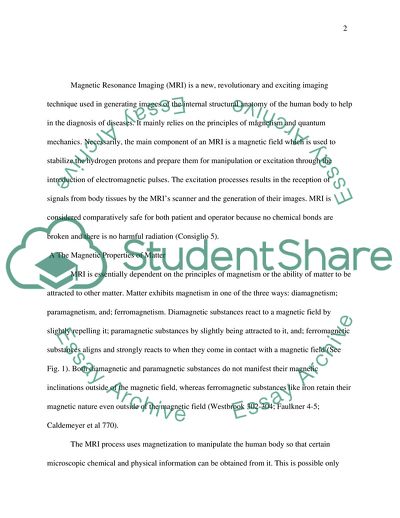Cite this document
(The Basic Principles of the Magnetic Resonance Imaging Image Producti Case Study, n.d.)
The Basic Principles of the Magnetic Resonance Imaging Image Producti Case Study. https://studentshare.org/technology/1727097-explain-the-basic-principles-of-magnetic-resonance-imaging-mri-image-production
The Basic Principles of the Magnetic Resonance Imaging Image Producti Case Study. https://studentshare.org/technology/1727097-explain-the-basic-principles-of-magnetic-resonance-imaging-mri-image-production
(The Basic Principles of the Magnetic Resonance Imaging Image Producti Case Study)
The Basic Principles of the Magnetic Resonance Imaging Image Producti Case Study. https://studentshare.org/technology/1727097-explain-the-basic-principles-of-magnetic-resonance-imaging-mri-image-production.
The Basic Principles of the Magnetic Resonance Imaging Image Producti Case Study. https://studentshare.org/technology/1727097-explain-the-basic-principles-of-magnetic-resonance-imaging-mri-image-production.
“The Basic Principles of the Magnetic Resonance Imaging Image Producti Case Study”. https://studentshare.org/technology/1727097-explain-the-basic-principles-of-magnetic-resonance-imaging-mri-image-production.


